Álvarez-Castañeda S.T.; Castro-Arellano I.; Lacher, T.; Vázquez, E. (2008). Spermophilus annulatus. In: IUCN 2008. IUCN Red List of Threatened Species. Retrieved on January 31, 2014.
- Available at: http://www.iucnredlist.org/details/20479/0
Audubon J.J.; Bachman J. (1842). "Spermophilus annulatus." Journal of the Academy of Natural Sciences of Philadelphia 8:319.
Audubon J.J.; Bachman J. (1851). The Quadrupeds of North America. Vol. II. New York: V.G. Audubon, MDCCCLI. Retrieved on January 31, 2014.
- Available via Biodiversity Heritage Library at: https://www.biodiversitylibrary.org/page/34896487
- Available via Internet Archive at: https://archive.org/details/quadrupedsofnort02audu
Bachman, Catherine L. John Bachman, The Pastor of St. John's Lutheran Church, Charleston. Charleston, SC: Walker, Evans & Cogswell,1888.
- Available via Biodiversity Heritage Library at: http://biodiversitylibrary.org/page/23769090
Bisby F.A.; Roskov Y.R.; Orrell T.M.; Nicolson D.; Paglinawan L.E.; Bailly N.; Kirk P.M.; Bourgoin T.; Baillargeon G.; Ouvrard D. (red.) (2011). Species 2000 & ITIS Catalogue of Life: 2011 Annual Checklist. Species 2000: Reading, UK. Retrieved on January 31, 2014.
- Available at: http://www.catalogueoflife.org/annual-checklist/2011/search/all/key/spermophilus+annulatus/match/1
de Grammont P.C.; Cuarón, A. (2008). "Spermophilus adocetus." In: IUCN 2008. IUCN Red List of Threatened Species. Version 3.1. Retrieved on January 31, 2014.
- Available at: http://www.iucnredlist.org/details/20477/0
Helgen K.M.; Cole F.R.; Helgen L.E.; and Wilson D.E (2009). "Generic Revision in the Holarctic Ground Squirrel Genus Spermophilus." Journal of Mammalogy 90(2):270–305
Herron M.D.; Castoe T.A.; Parkinson C.L. (2004). "Sciurid Phylogeny and the Paraphyly of Holarctic Ground Squirrels (Spermophilus)." Molecular Phylogenetics and Evolution 31(3):1015-1030.
Howell, Arthur H. Revision of the North American Ground Squirrels with a Classification of the North American Sciuridae. North American Fauna No. 56. Washington DC: U.S.D.A. Bureau of Biological Survey, April 1938.
- Available via Biodiversity Heritage Library at: http://biodiversitylibrary.org/page/25806412
Merriam C.H. (1903). Proceedings of the Biological Society of Washington 16:79.
Mott S. "Spermophilus annulatus: ring-tailed ground squirrel (On-line)." Animal Diversity Web. University of Michigan Museum of Zoology. Retrieved on January 31, 2014.
- Available at: http://animaldiversity.ummz.umich.edu/accounts/Spermophilus_annulatus/
Murie J.; Michener G. (1984). The Biology of Ground-Dwelling Squirrels. University of Nebraska Press.
"Notocitellus adocetus: Tropical Ground Squirrel." Smithsonian National Museum of Natural History: North American Mammals. Retrieved on January 31, 2014.
- Available at: http://www.mnh.si.edu/mna/image_info.cfm?species_id=732
"Notocitellus adocetus adocetus (Merriam, 1903)." ITIS Report. Integrated Taxonomic Information System. Retrieved on January 31, 2014.
- Available at: http://www.itis.gov/servlet/SingleRpt/SingleRpt?search_topic=TSN&search_value=931031
"Notocitellus annulatus: Ring-tailed Ground Squirrel." Smithsonian National Museum of Natural History: North American Mammals. Retrieved on January 31, 2014.
- Available at: http://www.mnh.si.edu/mna/image_info.cfm?species_id=733
"Notocitellus annulatus annulatus (Audubon and Bachman, 1842)." ITIS Report. Integrated Taxonomic Information System. Retrieved on January 31, 2014.
- Available at: http://www.itis.gov/servlet/SingleRpt/SingleRpt?search_topic=TSN&search_value=931033
Nowak, R. (Ronald). (1991). Walker's Mammals of the World. Johns Hopkins University Press.
Thorington R.W. Jr.; Hoffman R.S. (2005). "Family Sciuridae." In: Wilson D.E.; Reeder D.M. (Eds.). Mammal Species of the World: A Taxonomic and Geographic Reference, third edition. Johns Hopkins University Press.
Thorington T.W. Jr.; Koprowski J.L.; Steele M.A.; Whatton J.F. (2012). Squirrels of the World. Johns Hopkins University Press.
Wilson D.; Ruff S. (1999). The Smithsonian Book of North American Mammals. Smithsonian Institution Press.



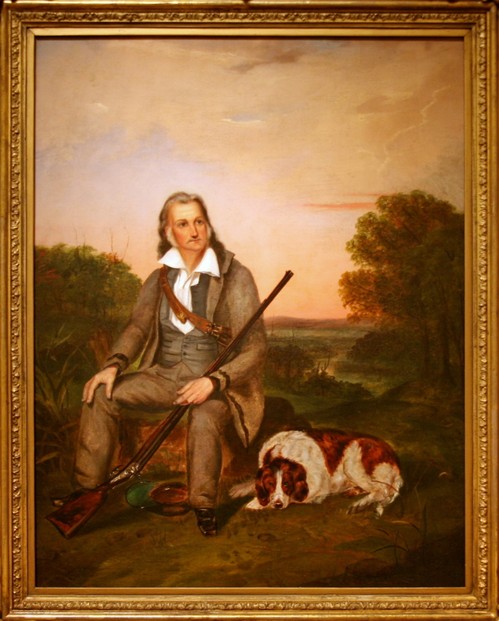
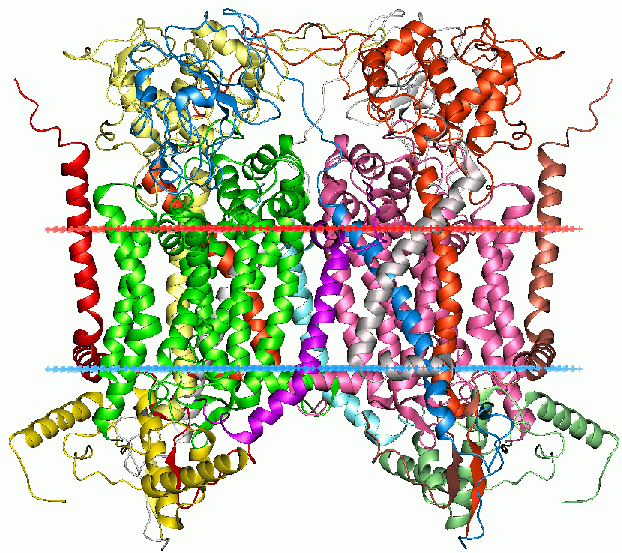
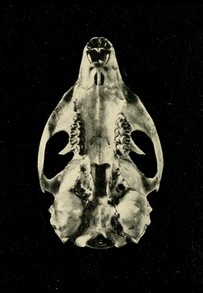
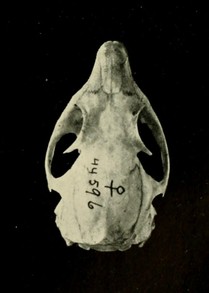
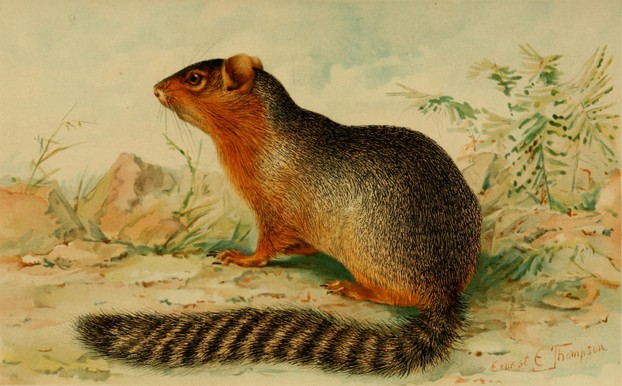
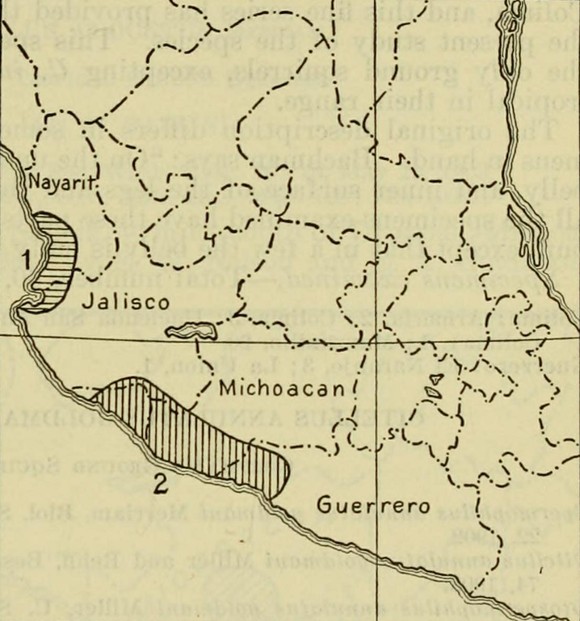
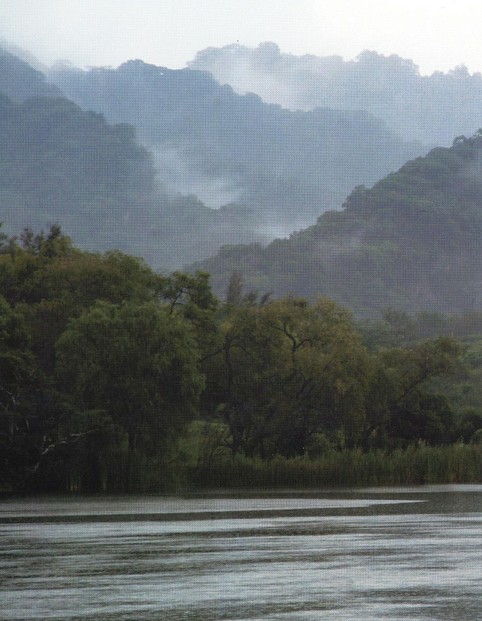
![Plate LXXIX, No. 16, opposite page 212, J.J. Audubon, The Quadrupeds of North America, vol. II (MDCCCLI [1851]) Plate LXXIX, No. 16, opposite page 212, J.J. Audubon, The Quadrupeds of North America, vol. II (MDCCCLI [1851])](/static/uploads/en/module/image/2014/01/21/2014-01-21_18-21-54_404.622x621.jpg)
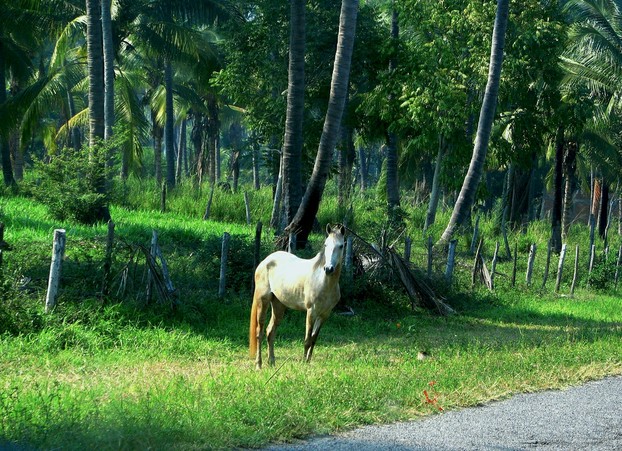
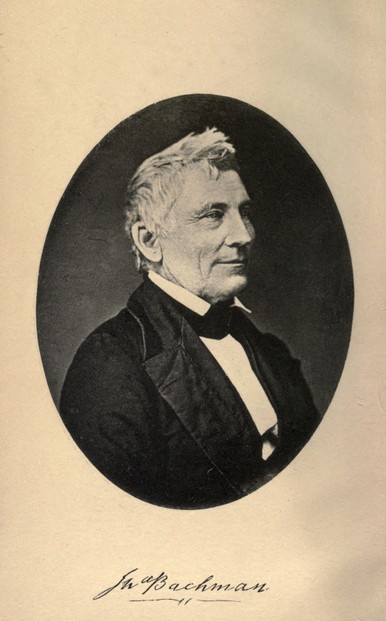



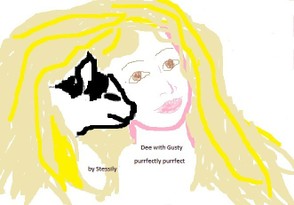
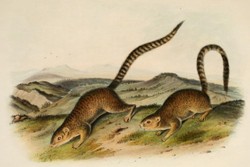

 Are Hawaiian Huakai Po Nightmarchers Avenging Halloween Thursday?on 10/02/2024
Are Hawaiian Huakai Po Nightmarchers Avenging Halloween Thursday?on 10/02/2024
 Mailing Addresses for 2023 Form 4868 Extending 1040 and 1040SR April 15, 2024, Due Dateon 04/15/2024
Mailing Addresses for 2023 Form 4868 Extending 1040 and 1040SR April 15, 2024, Due Dateon 04/15/2024
 Mailing Addresses for 2023 Forms 1040 and 1040SR Filed in 2024on 04/15/2024
Mailing Addresses for 2023 Forms 1040 and 1040SR Filed in 2024on 04/15/2024
 Mailing Addresses for 2022 Form 4868 Extending 1040 and 1040SR April 18, 2023, Due Dateon 04/13/2023
Mailing Addresses for 2022 Form 4868 Extending 1040 and 1040SR April 18, 2023, Due Dateon 04/13/2023

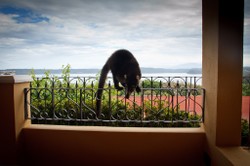
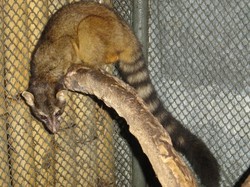
Comments
Revision of the North American Ground Squirrels With a Classification of the North American Sciuridae numbers among eight issues of the U.S. Department of Agriculture's (USDA's) North American Fauna series written by Arthur Holmes Howell, according to American biologist and zoologist Viola Shelly Schantz (June 20, 1895-May 26, 1977) in "In Memoriam: Arthur H Howell," published July 1963, in The Auk (vol. 80, issue 3, pages 290-294).
(https://digitalcommons.usf.edu/cgi/vi...)
Howell's revisions for the North American Fauna series covered ". . .two genera of skunks,
the harvest mice, marmots, flying squirrels, pikas, chipmunks, ground squirrels, and Arctic hare," according to Schantz's tribute (page 293).
For those asking about A.H. Howell, author of Revision of the North American Ground Squirrels (1938), the source of the illustration of the ring-tailed ground squirrel by Ernest E. Thompson, alias of Ernest Thompson Seton (Aug. 14, 1860-Oct. 23, 1946), co-founding pioneer of Boy Scouts of America (this post's sixth image; seventh image from the bottom):
Lake Grove, New York-born American zoologist (especially mammalogist and ornithologist) Arthur Holmes Howell (May 3, 1872-July 10, 1940) secured a temporary appointment in 1895 with American mammalogist Vernon Orlando Bailey (June 21, 1864-April 20, 1942) of the U.S. Department of Agriculture (USDA), Division of Ornithology and Mammalogy (later the Bureau of Biological Survey; now U.S. Fish and Wildlife Service). A second temporary assignment in 1896 led to Howell's position as permanent special assistant.
Howell achieved the position of Senior Biologist in the Division of Wildlife Research, Fish and Wildlife Service (successor agency of the Bureau of Biological Survey), according to "Arthur Holmes Howell Papers, circa 1905-1940, 1967" on the Smithsonian Institution's Libraries and Archives website.
(https://www.si.edu/object/arthur-holm...)
Howell's first temporary assignment began May 1895. The four-month appointment entailed field work in Montana, Idaho, Washington and Oregon. Howell's second temporary assignment with Bailey began May 1896. At the end of Howell's six-month appointment, the USDA permanentized his employment, according to American biologist and zoologist Viola Shelly Schantz (June 20, 1895-May 26, 1977) in "In Memoriam: Arthur H Howell," published July 1963, in The Auk (vol. 80, issue 3, pages 290-294).
(https://digitalcommons.usf.edu/cgi/vi...)
For those wondering about stone lithographer William E. Hitchcock:
Pennsylvania-born William E. Hitchcock (ca. 1822-May 30, 1906) lithographed primarily for Peter S. Duval and John T. Bowen, according to Philadelphia on Stone Biographical Dictionary of Lithographers on the Library Company of Philadelphia website.
https://digital.librarycompany.org/is...
France-born Peter S. Duval (1804 or 1805-Feb. 9, 1886) trained as a lithographer in France and immigrated to Philadelphia, Pennsylvania, in autumn 1831 to accept a position as lithographer at Childs & Inman printing firm, according to Philadelphia on Stone Biographical Dictionary of Lithographers on the Library Company of Philadelphia website. C.G. (Cephas Grier) Childs (Sep. 8, 1793-July 7, 1871) had partnered with New York portrait painter Henry Inman to form Childs & Inman in 1830.
Childs dissolved Childs & Inman in 1833 and formed Childs & Lehman. Buying out Childs in 1834, Duval formed Lehman & Duval with artist George Lehman (ca. 1803-1870). In 1837 Duval bought out Lehman and formed his own firm, known as P.S. Duval & Company and as P.S. Duval & Son.
https://digital.librarycompany.org/is...
https://digital.librarycompany.org/is...
For those wondering about the depictions of two ring-tailed ground squirrels as Annulated Marmot Squirrel (this post's ninth image):
The squirrels were illustrated by French-American artist, naturalist and ornithologist Jean-Jacques Audubon (April 26, 1785-Jan. 27, 1851), known as J.J. Audubon or John James Audubon. The illustration appeared between pages 212 and 213 for "Spermophilus Annulatus -- Aud. and Bach" (pages 213-215) in The Quadrupeds of North America, vol. II, authored by John James Audubon and the Reverend John Bachman and published by V.G. Audubon in 1851.
https://archive.org/details/quadruped...
American draftsman and lithographer William E. Hitchcock is credited with engraving the illustration on stone ("On Stone by Wm E. Hitchcock"). The lithograph was printed by English-born, Philadelphia-based printmaker, painter and illustrator John T. Bowen (ca. 1801-1856) ("Lith. Printed & Col'd. by J.T. Bowen Phil").
Audubon noted for the "Geographical Distribution" of Spermophilus Annulatus (page 215):
"The specimen we have described above, was obtained on the Western Prairies, we believe on the east of the Mississippi river; the locality was not particularly stated. It was politely presented to us by Professor SPENCER F. BAIRD, of Carlisle, Pennsylvania, a young Naturalist of eminent attainments.”
https://archive.org/details/quadruped...
Kathleen Duffy, Squirrels are fun to watch. It's wonderful that the grey squirrels are living a "great life" in your area. They can't help digging up bulbs, though, and I love coming across their hidden nut treasures when I re-landscape the garden and yard.
Your interactions with squirrels, now and back then, are charming. It always feels like a special accomplishment, a winsome level of rapport, for wildlife to eat out of our hands. It such a statement of trust.
What a fascinating article! I love watching the squirrels in the communal garden where I live. Even though they dig up the bulbs when planting their nuts. They are grey squirrels. They have a great life as our garden is an oasis of calm in the busy city. They overtook the red squirrels which, I believe, are now mainly found in the north. When I lived in Canada we used to have our breakfast by the window and the red urban squirrels would feed out of our hands. thank you for such a detailed article.